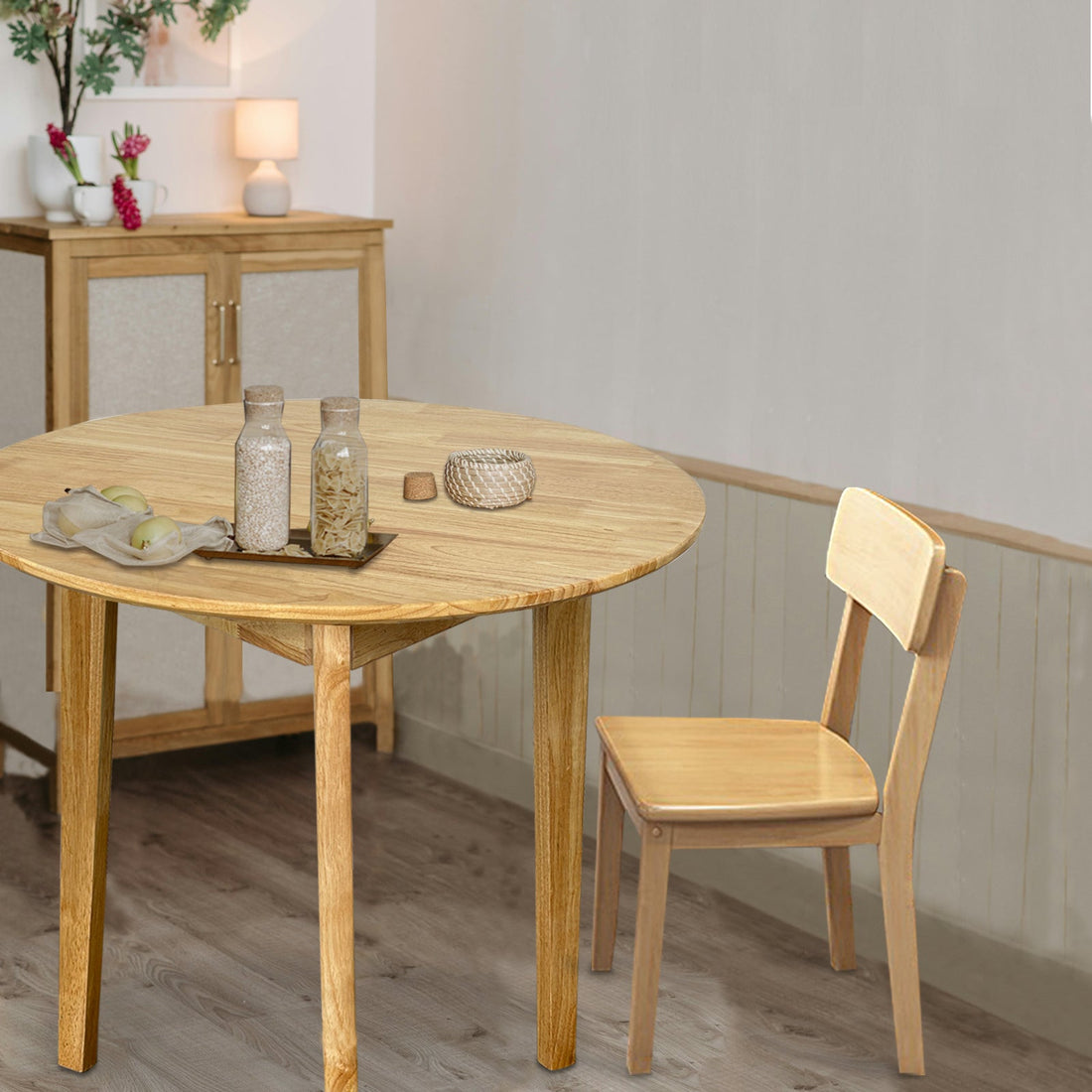When it comes to furnishing your dining space, choosing the right table involves balancing style, durability, and sustainability. One material that’s been gaining attention for all the right reasons is rubberwood. A solid rubberwood dining table isn’t just a functional piece of furniture—it’s a statement of eco-conscious living. Let’s explore why this underrated hardwood deserves a spot in your home.

What is Rubberwood?
Rubberwood, often marketed as “Hevea wood,” comes from the Hevea brasiliensis tree, which is primarily grown for latex production. Once these trees reach the end of their latex-producing cycle (around 25–30 years), they’re harvested for timber. This makes rubberwood a sustainable choice, as it repurposes trees that would otherwise be discarded, reducing waste and deforestation.
Top Benefits of a Solid Rubberwood Dining Table
-
Eco-Friendly Credentials
By opting for rubberwood, you’re supporting a circular economy. The wood’s secondary use after latex production aligns perfectly with eco-friendly values, making it a favorite among sustainable furniture brands. -
Durability & Stability
Don’t let its origin fool you—rubberwood is a dense, close-grained hardwood with a Janka hardness rating comparable to ash or maple. It resists warping and cracking, ensuring your dining table stays sturdy for years. -
Aesthetic Versatility
Rubberwood’s light golden hue and subtle grain patterns make it a chameleon in interior design. Whether your style is farmhouse, Scandinavian, or industrial, it pairs beautifully with metal accents, upholstered chairs, or rustic decor. -
Budget-Friendly Luxury
While exotic woods like teak or mahogany come with hefty price tags, rubberwood offers a similar premium look at a fraction of the cost. Its affordability makes high-quality, solid wood furniture accessible to more households. -
Ease of Maintenance
A quick wipe with a damp cloth is all it takes to keep a rubberwood table looking pristine. For added protection, apply a natural wood oil or beeswax polish annually to maintain its luster.

How to Care for Your Rubberwood Table
-
Avoid Extreme Conditions: Keep the table away from direct sunlight and heat sources to prevent fading or drying.
-
Use Coasters & Mats: Protect the surface from hot dishes, spills, and scratches with placemats or trivets.
-
Embrace the Patina: Over time, rubberwood develops a warm, honey-toned patina that adds character to your space—no need to fear natural aging!
Styling Ideas for Every Home
-
Minimalist Chic: Pair a sleek rubberwood table with monochrome chairs and a statement pendant light.
-
Rustic Charm: Combine with mismatched wooden chairs and woven placemats for a cozy, laid-back vibe.
-
Modern Edge: Opt for a live-edge rubberwood tabletop paired with black metal legs for an industrial twist.
Unlike fast-growing softwoods (like pine), rubberwood offers hardwood durability without the environmental cost of slow-growing species. It’s also less prone to splintering than oak and more moisture-resistant than many alternatives—especially when treated with a sealant.

A solid rubberwood dining table isn’t just furniture—it’s a sustainable investment that grows more beautiful with time. By choosing rubberwood, you’re not only enhancing your home’s aesthetic but also contributing to a greener planet.

